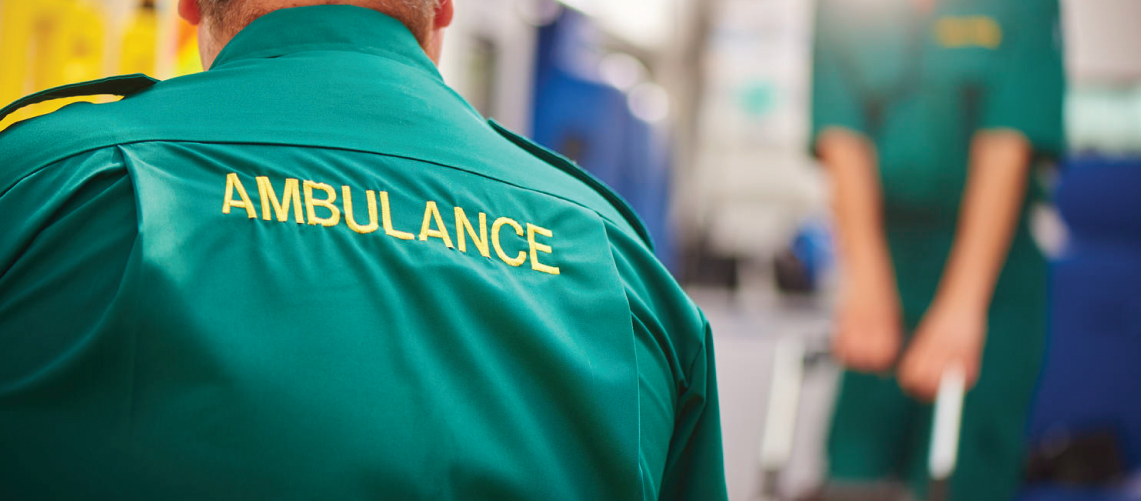
Roles and Responsibility of the Ambulatory Team
Basic Life Support (BLS) ambulances operate during times of emergency crises. The quick and correct action is important during these life-saving moments. The first-aid, assistance and diagnosis of symptoms determines if the victim or patient survives or not. Time management is also critical at this juncture. Who handles these moments efficiently? Who are the members or individuals who bring many to the realm of safety?
It is the ambulatory care team. Yes, ambulances are not one-man armies. There is a team that coordinates behind the scenes to help victims get access to emergency care. This is more relevant in the case of long-distance medical transport . The individuals involved may not be present in all cases. It depends on the extent of the injury, need of the victim and the ambulance service provider. It is pertinent to note that these individuals must and have received intensive training, to handle critical situations. The various individuals involved in saving lives are:
- Ambulance operators
The ambulance drivers and coordinators who help in communication and safe transport of victims or patients. Apart from drivers who are responsible directly for getting the patients to safety, there are operators in the medical emergencies department that make sure the ambulance reaches the right place at the right time. Sometimes, these operators also help communicate to individuals regarding first-aid measures to be undertaken.
- Emergency doctors
It is also important to take note of doctors who administer critical care treatment to patients. Emergency doctors who are the hospitals to give immediate care. They decide on the treatment or diagnosis based on the symptoms conveyed to them. They coordinate with paramedics or nurses closely, to act immediately. Though they may not be present at the site of the event or emergency, they also form a part of the ambulance resource team. They may even help in communicating with the patient or victim attender, giving suggestions and preventing panic.
- Paramedics
Paramedics are individuals who recognise symptoms, attempt to stabilise victims’ conditions and offer first-aid during the times of emergencies. They are specifically trained to act fast with very little information on the victims’ conditions. They are not the doctor who has undergone extensive education. But it is important to note that paramedics are specifically educated and trained to handle these very sensitive conditions, as opposed to doctors who are used to treating patients after they are well-informed about the condition of patients. Often, paramedics travel in the ambulance with high-end equipment to aid in emergency recuperation efforts. Paramedic staff qualities include responsiveness, accuracy under stress, calm and focused composure.
- Critical care nurses
Critical care nurses are nurses with focused training on critical care procedures and treatment. Some ambulances may have only nurses present, who can also handle victims or patients. Sometimes they may also accompany paramedics in helping to stabilise the basic condition of patients. They may be trained to operate advanced medical equipment to maintain the status of patients. They monitor and communicate the same with the medical or paramedical team at the hospital. The nurses also help in maintaining the composure of victims as well as attendees by helping them calm down.
These emergency ambulatory staff may or may not include other doctors, depending on the need of the individual availing the ambulance service. There are non-critical ambulances that transport patients to hospitals. In these cases, nurses or other technicians may be present in the ambulance, to avert any emergencies.


